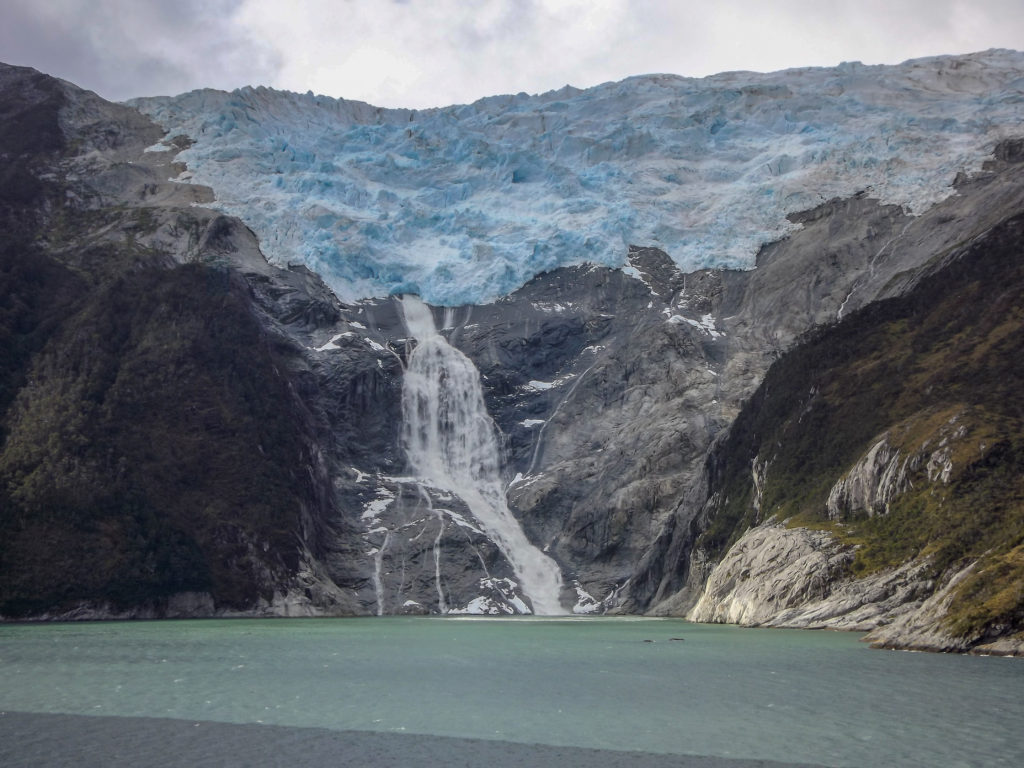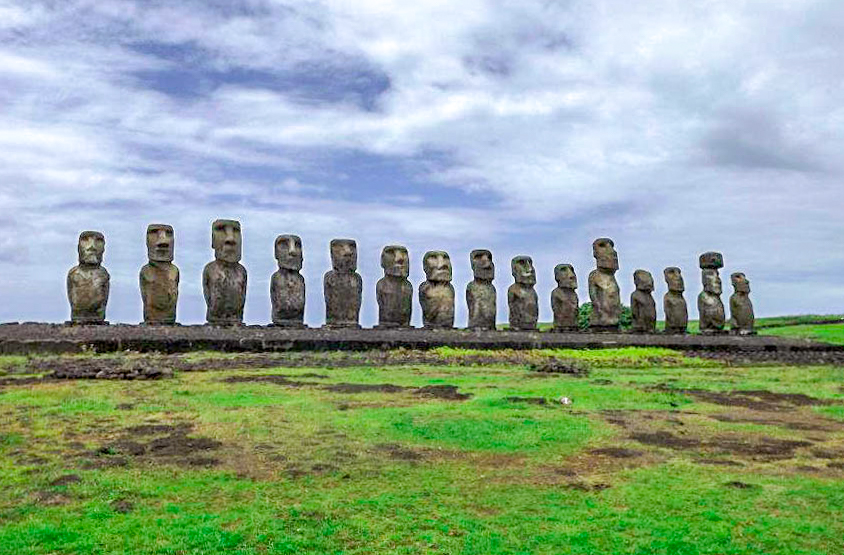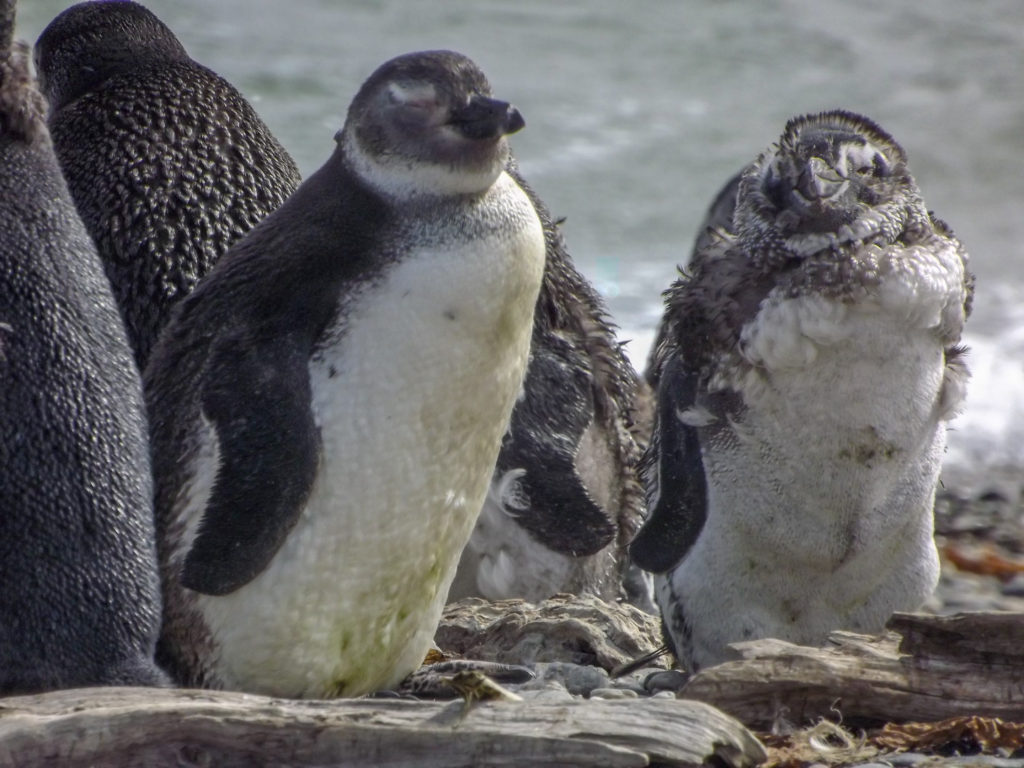
About Chile
As the southernmost country in the world, Chile lies in western South America and is closest to Antarctica than anywhere else. It stretches on a narrow strip of land between the Andes Mountains and Atlantic Ocean. The capital and largest city in Chile is Santiago. The country also includes many Pacific islands, such as, the mysterious Easter Island and Sala y Gómez Island. The Patagonia is a region in the southern end of Argentina and Chile. It’s the southern section of the Andes Mountains with fjords, glaciers, lakes, temperate rainforests, steppes and tablelands. The national language is Spanish, and currency is the Chilean Peso. Below are my Chile Travel Guides from my travels.
Chile’s diverse climates include the world’s driest desert, the Atacama Desert. It also includes the Mediterranean Climate in center, oceanic climate, alpine tundra, glaciers and humid subtropical in Easter Island. Cape Horn is the southernmost headland of the Tierra del Fuego Archipelago of Chile and located on Hornos Island. Cape Horn marks the northern boundary of the Drake Passage, where the Atlantic and Pacific Oceans meet. Drake Passage is known as the most dangerous route for ships to pass through. It’s called “the most powerful convergence of seas.”
Beagle Channel is a 150 milelong (240 km) strait in the Tierra de Fuego archipelago in the southern tip of South America.
Also, Glacier Alley is a short stretch of Beagle Channel, that showcases 5 tidewater glaciers, named after European countries. These massive blue glaciers inch down the Darwin Mountains from the Southern Patagonia’s Darwin Icefield. Furthermore, the Darwin Icefield covers 2,500 sq km of Isla Grande, the largest island in the Tierra del Fuego archipelago. The channel is named after its voyage, made by the HMS Beagle with the Naturalist, Charles Darwin on his way to the Galapagos Islands:
Chile Travel Guides
The Best of Easter Island Highlights in a Day at Rapa Nui National Park
The enigmatic Easter Island or “Rapa Nui” is the most remote, inhabited island in the world. Many layers of history…
The Epic Beagle Channel’s Glacier Alley of the Chilean Fjords
Beagle Channel’s Glacier Alley of the Chilean Fjords is absolutely stunning to see on a cruise. This famous channel is…
Spectacular Punta Arenas’ Top Attractions and Penguins
This southernmost region of Patagonia is also known as the “Gateway to Antarctica.” It is a spectacular byway where visitors can…


